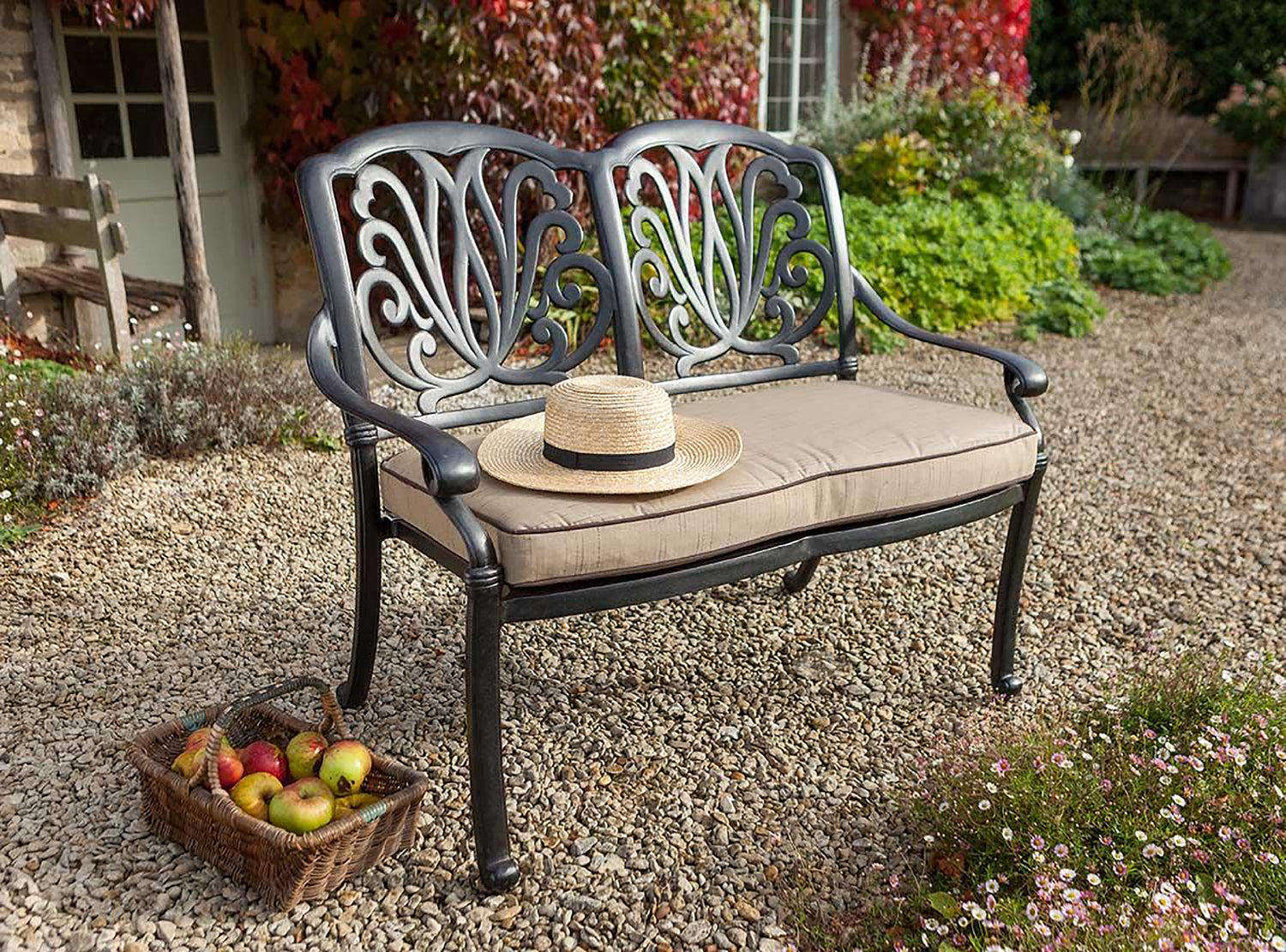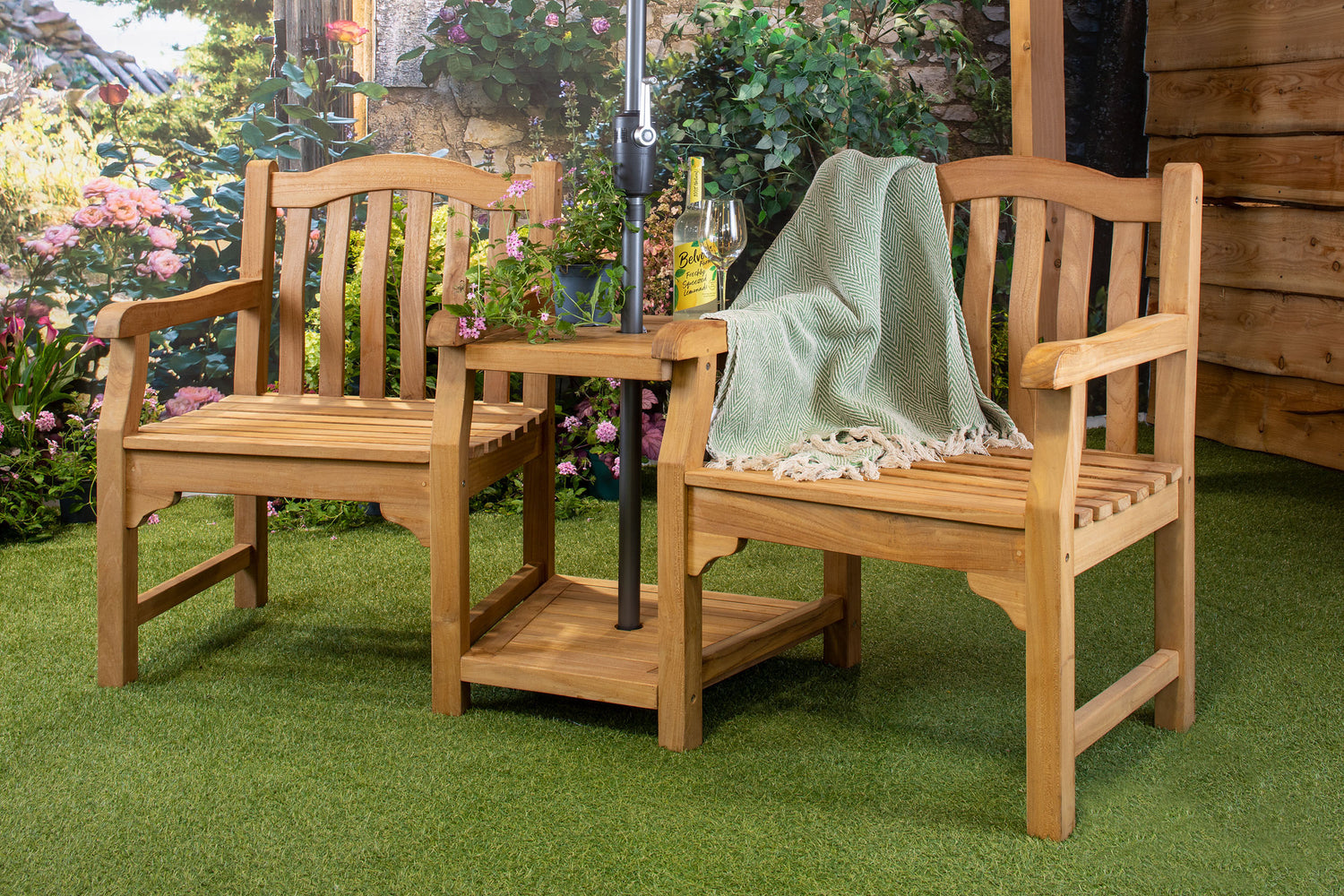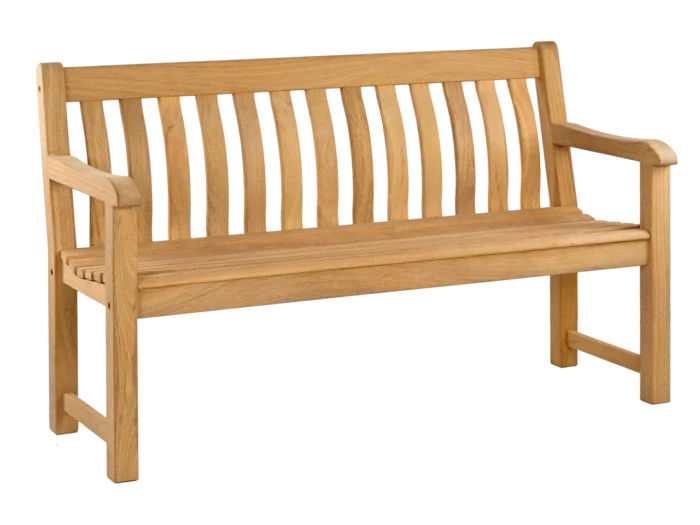Mulching improves the soil, protects plants, saves money and work
Why go to the trouble of spreading mulch?
Because it benefits the garden and the plants in so many ways:
Suppressing weeds; it is worth applying just for this reason alone, saving you the endless back-breaking job of weeding.
Retaining moisture; water the garden well before you apply the mulch and it will stop evaporation, therefore keeping the plants watered for longer. This will save you the trouble of watering so often and also save you money if you are on a meter.
Improving the soil structure and nutrient content; as the mulch breaks down the worms will drag the particles down below the surface increasing the nutrient content and the porosity of the soil, which leads to better drainage and a better medium to support plant root growth.
Protection for plants; it protects the crown of the plant from winter frosts.
Slug and snail barrier; this depends upon which type of mulch you choose but the coarser it is the more effective it is at deterring the mammoth munchers.
Improving the appearance of pots; a layer of decorative gravel or glass nuggets on the top of a pot can improve the aesthetics of specimen plants.
What to spread:
Bark; comes in different grades, from large chunks to mini chips. Generally the mini chips look better if only covering a small area or if the plants are small, as the large chunks can look out of place. The mini chips tend to break down faster than the large pieces.
Cocoa shell; this is a by-product of the chocolate industry, the crushed shells of the cocoa bean, and is similar to bark but claims to contain more nutrients and trace elements than bark. Watering after application as well as before helps the cocoa shell bind together and act as a barrier. It is not to be recommended if you have dogs as they love to eat it and this can lead to an upset stomach.
Farmyard manure; you can buy this ready bagged at the garden centre or sweet-talk the nearest farmer who may be glad to be rid of it if you are prepared to bag it yourself. If you get it from the farm make sure it is well rotted, preferably for a couple of years. If it is too fresh you risk damaging the roots of the plants. As it breaks down it improves the soil microbial activity which leads to improved development of plant nutrients.
Gravel and horticultural grit; this is mainly used around alpines and in dry gardens. It complements the plants and stops the roots rotting as the rain runs straight through. Make sure you use proper horticultural grade gravel as ordinary builders gravel can contain salts and impurities which could damage the plants.
Chopped straw; adds organic matter, improving the structure, to the soil when it breaks down. It is a good mulch for ground growing vegetables and fruit, such as pumpkins and squashes.
Glass nuggets, crushed shells and pebbles; usually used to decorate the tops of pots.
Dried bracken; Pteridium aquilinum is a large fern which is very invasive in the wild. Gather in autumn when it has died back and gone brown; do not gather when the fronds are green in late summer as this is when they release their spores, which are carcinogenic.
Leaf mould; this is best made from deciduous leaves as evergreen leaves take longer to break down. Make leaf mould with pine needles separately as they take longer to break down but once broken down make excellent mulch for ericaceous plants, such as rhododendrons, azaleas and camellias. Place the leaves in bin bags, water if they are dry, prick the bag to allow air to penetrate, tie the top and leave to rot down for two years, then you can use it for mulch.

Sheep wool; especially good for mulching ground growing fruit and vegetables, such as strawberries and cucumbers. Low grade, coarse hill wool is the best, especially Herdwick.
How to apply
Water the ground well and remove any weeds before applying. Spread in a thick, 5cm (2”), layer; making sure it is kept clear of the plant stems, as if it is right up to the plants it can cause the stems to rot.
When to apply
The best time is in early spring or winter. Decorative mulch can be applied at the same time as you plant up the pots.




![Kingsbury-bench-05[1].jpg](http://www.hayesgardenworld.co.uk/cdn/shop/files/Kingsbury-bench-05_5B1_5D.jpg?v=1712162737&width=1500)
![Kingsbury-bench-01[1].jpg](http://www.hayesgardenworld.co.uk/cdn/shop/files/Kingsbury-bench-01_5B1_5D.jpg?v=1712161065&width=1500)
![tw17a-4947_0[1].jpg](http://www.hayesgardenworld.co.uk/cdn/shop/files/tw17a-4947_0_5B1_5D.jpg?v=1712161495&width=1500)
![tw17a-4947_tenbury_5ft[1].jpg](http://www.hayesgardenworld.co.uk/cdn/shop/files/tw17a-4947_tenbury_5ft_5B1_5D.jpg?v=1712161172&width=1500)
![tw17a-4952_tenbury_4ft[1].jpg](http://www.hayesgardenworld.co.uk/cdn/shop/files/tw17a-4952_tenbury_4ft_5B1_5D.jpg?v=1712161034&width=1500)
![thumbnail_IMG_1565-kik_2[1].jpg](http://www.hayesgardenworld.co.uk/cdn/shop/files/thumbnail_IMG_1565-kik_2_5B1_5D.jpg?v=1712226536&width=1500)
![thumbnail_IMG_1565-kik_1[3].jpg](http://www.hayesgardenworld.co.uk/cdn/shop/files/thumbnail_IMG_1565-kik_1_5B3_5D.jpg?v=1712159637&width=1500)



![WD-XgESA[1].jpeg](http://www.hayesgardenworld.co.uk/cdn/shop/files/WD-XgESA_5B1_5D.jpg?v=1712159609&width=1500)